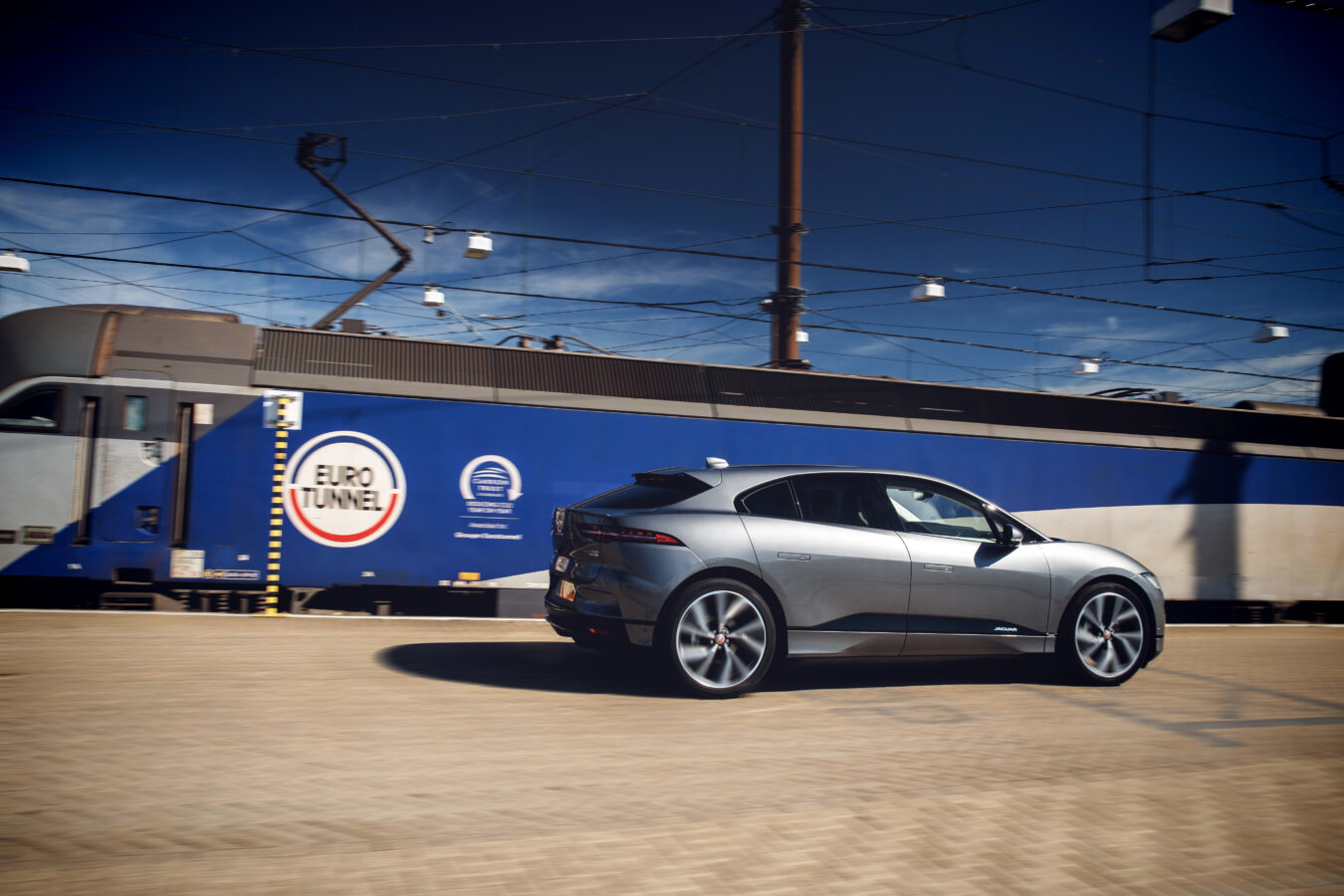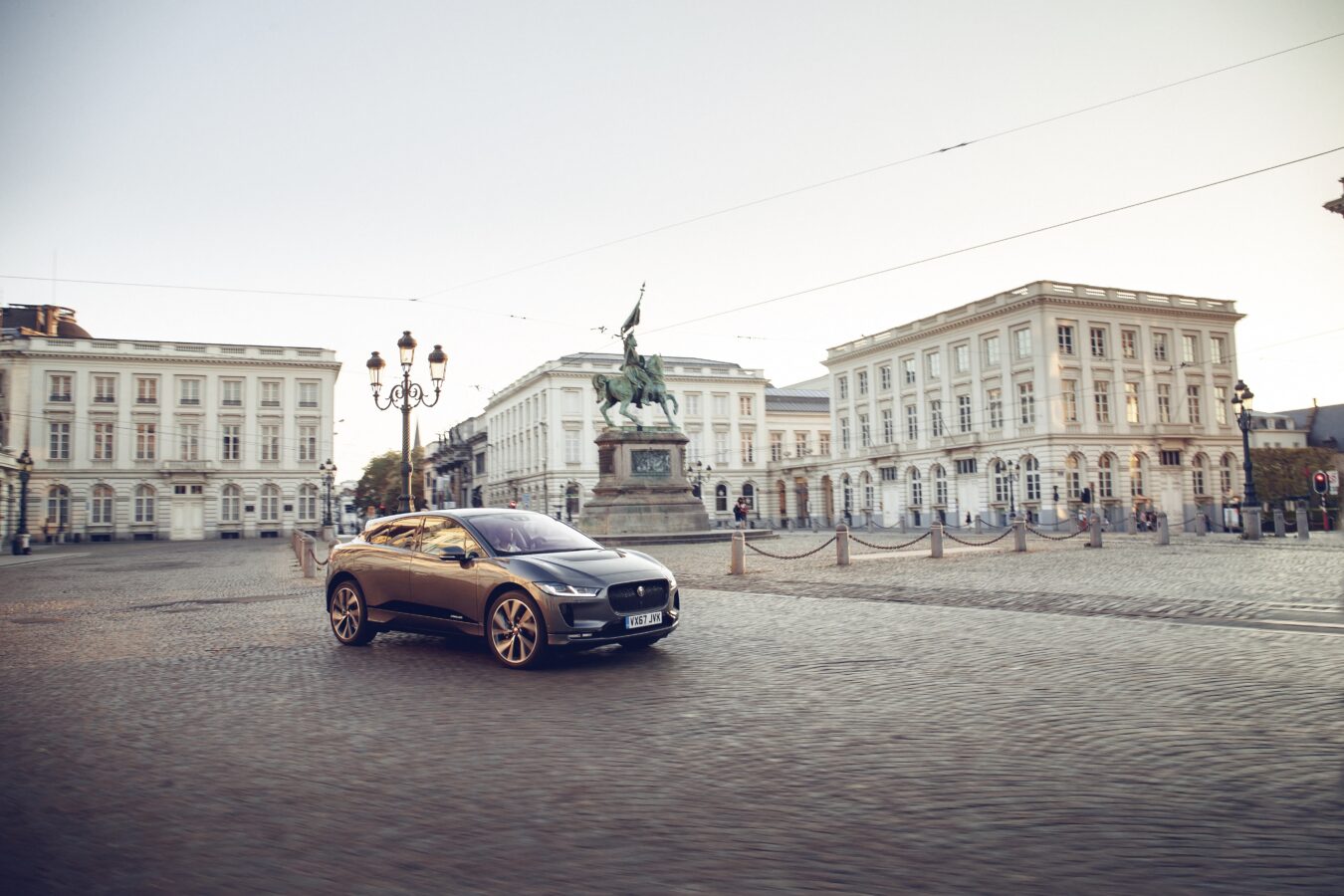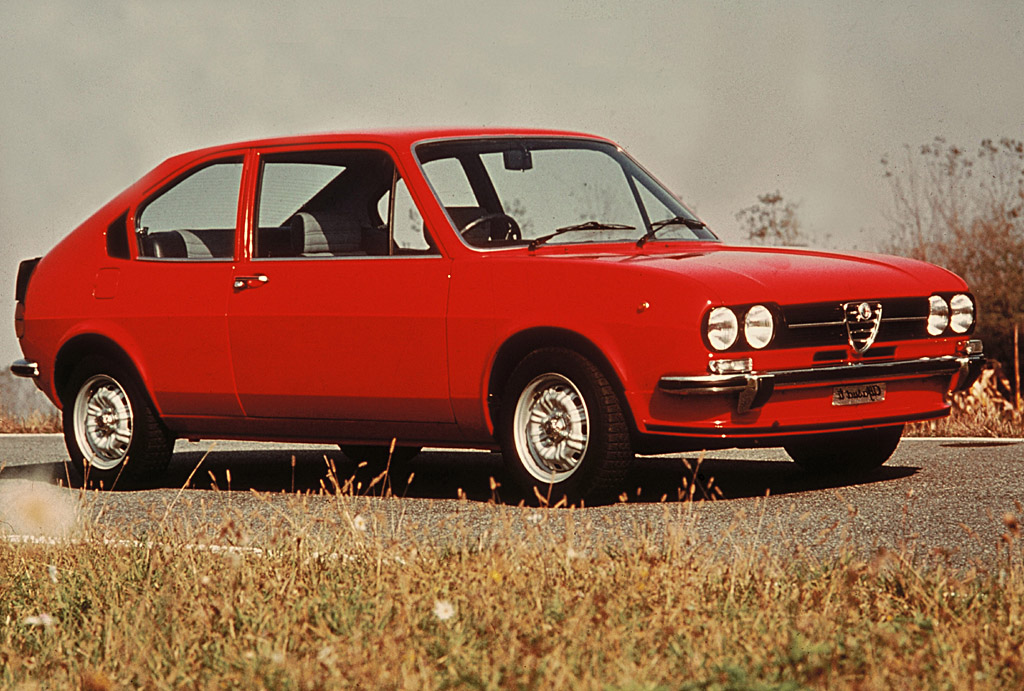
As a way of communicating the range of an electric vehicle (EV), the idea of completing a long-distance drive is tried and tested. In 2018, we drove a Jaguar I-PACE through the Channel Tunnel (yep, literally, along the service tunnel) to show how it could travel from London to Brussels on a single charge. More recently, MG has put some big miles under the wheels of its Cyberster sports car.
It completed nearly 10,000 miles by driving from London to Shanghai, China. That’s three continents, 28 countries and eight months in an EV with a range of nearly 300km. Okay, so few of us are going to attempt a 10,000-mile road trip, but with the schools about to break up, the big summer getaway is upon us.
While many motorists accept that an EV could work for them on a typical week, the thought of undertaking longer trips, whether planned or unexpected, is still an issue for many. How many motorists would willingly choose an EV for a big cross-country drive or, whisper it, continental trip?
Just a couple of years ago, you’d have been forgiven for laughing off the suggestion. After witnessing chaotic EV charging scenes at the first services outside Calais, in France, a few years back, I was grateful to be driving a diesel. Last summer, the scene was very different. At most stops on our drive through France we noticed vacant EV chargers and, chatting to other like-minded airport avoiders, I wasn’t alone.
From being a non-starter a few years ago, the idea of a trans-continental drive in an EV is now a realistic undertaking, in France at least. A friend with a choice of powertrains at their disposal and a penchant for road trips will be tackling their next European jaunt to Spain under electric power having seen, first-hand, the improvements in infrastructure.
It was recently announced that 64 highway rest areas across France would be sharing 320 new Siemens EV rapid chargers and Sanef, which operates 1,807km of motorway in Northern France, reckons drivers can stop and recharge on average every 50km across its network. The country’s biggest operator, Vinci Autoroutes (4,443km of motorway), claims to have 1,600 charging stations across 180 rest areas. Reassuring stuff.
While EV uptake hit nearly 19 per cent of the UK new car market in June – its highest monthly share so far this year – public opinion is resisting the EV switchover. That figure is still short of the 22 per cent required by the ZEV mandate, and this is causing some brands to row back on the rollout of EV models. Only this week, Autocar reported FIAT is the latest OEM to confirm the reintroduction of an ICE 500 for this reason – this despite the likely reinstatement of the 2030 ban on EV sales in the UK under Labour.
Every cloud has a silver lining, though, and the measured growth in EV sales should at least mean there are more chargers available for the far-sighted UK buyers of today when they embark on their first European EV road trip this summer. Plus ça change.
Ross Pinnock

















